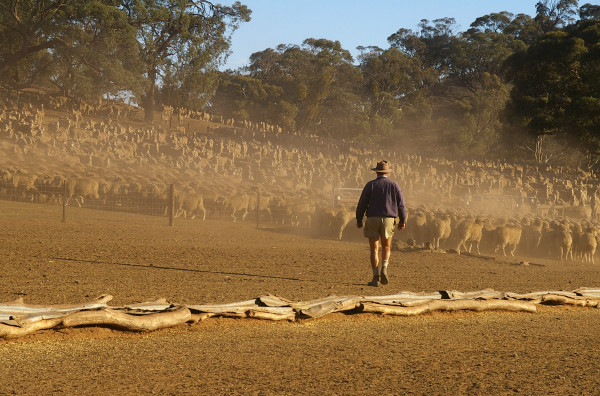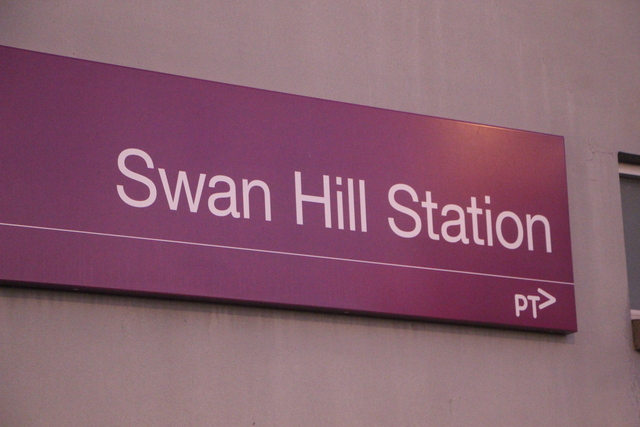FARMLAND values in the Mallee have risen a staggering 46 per cent in the year to June, despite only modest gains across the state.
The price of farmland showed continued growth across the north of the state while central and southern parts Victoria saw prices soften, according to Rural Bank’s mid-year farmland values update.
The median price of farmland per hectare in the Mallee is now $5921 – a rise of 16.7 per cent compared to the second half of 2022, and 46.4 per cent up at the same time last year.
That is in contrast to Victoria as a whole, which saw the median price per hectare of farmland in the state remain higher than in the first half of 2023 but fall from the record level of the second half of 2022.
Rural Bank said lower commodity prices, higher interest rates and dry rainfall outlooks applied downward pressure and brought growth in values to an end.
The median price statewide softened to $13,035/ha, up 2.9 per cent compared to the first half of 2022 but 11.1 per cent lower than the second half of 2022.
The drop in Victoria’s median price per hectare followed five consecutive half-yearly periods of growth.
However, Rural Bank said an acceleration in price growth continued in the Mallee.
The median price is up 115 per cent over the past three half-yearly periods.
Transaction volume fell but has been lower on three occasions in the past five years and only 20 per cent below average.
In the Mallee, there were 39 transactions in the first half of 2023, down 22 per cent compared to the second half of last year and 40 per cent down year on year.
There were 408 farmland transactions in Victoria during the first half of 2023, down 38.6 per cent from the second half of 2022 and 50.8 per cent lower than a year earlier.
This was the lowest number of transactions for a half-yearly period on record for Victoria.
All eight regions of Victoria recorded year-on-year declines in transaction volume.
Rural Bank said the major drivers of farmland values – commodity prices, seasonal conditions and interest rates – all moved towards settings less supportive of strong demand for land purchases and are expected to continue to remain less favourable for price growth in the second half of 2023.
It said forecast drier conditions for much of this year likely saw greater caution enter into prospective buyers’ minds.
The conditions, driven by an El Niño weather pattern, are expected to keep appetite for expansion weakened for the remainder of 2023 and into 2024.







